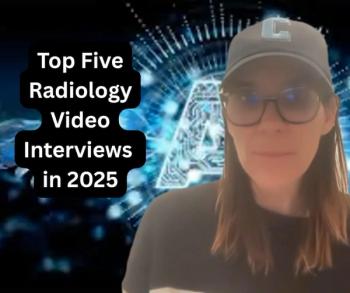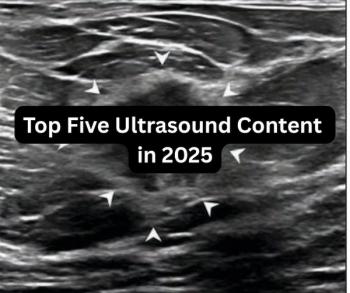
New Mammography Research Examines Impact of High-Resolution DBT
In a recent interview, Jamie Williams, M.D., discussed newly published research findings revealing the impact of high-resolution digital breast tomosynthesis (DBT) on breast cancer detection and recall rates.
Can high-resolution digital breast tomosynthesis (DBT) enhance breast cancer detection?
In a new retrospective study, recently published in
In a recent interview, Jamie Williams, M.D., a co-author of the study, noted that high-resolution DBT led to improved breast cancer detection.
“Overall, for the standard resolution images, the cancer detection rate (CDR) in our study was 4.9 per 1000 (exams) and for those high resolution images, we saw a cancer detection rate of 5.4 per 1000 (exams), which was statistically significant after we adjusted for potentially confounding variables like patient age, breast density, high risk status and then also the readers of those mammograms,” pointed out Dr. Williams, a breast radiologist affiliated with Edith Sanford Breast Center Sioux Falls in Sioux Falls, S.D.
Dr. Williams also noted the impact of access to prior exams. For patients who had high-resolution DBT with access to a prior exam, there was a 9.39 percent recall rate (RR) in contrast to 7.8 percent for those who had standard-resolution DBT with access to a prior exam. She also noted a significant difference in the CDR between high-resolution DBT and standard-resolution DBT with access to prior exams (5.38/1000 vs. 4.22/1000).
Recalling the initial use of high-resolution DBT at the Edith Sanford Breast Center Sioux Falls facility, Dr. Williams says she and her colleagues were immediately impressed by the increased spatial resolution and details with the imaging. However, Dr. Williams emphasized that the research findings were particularly gratifying with respect to patient care.
“Studies like this, where we are doing it in a real world setting and in a clinical setting where we see the impact on real patients, are exciting for us. … Yeah, those images look beautiful, but it actually does seem to translate into better patient care, which is obviously what we're all here for,” added Dr. Williams.
(Editor’s note: For related content, see “
For more insights from Dr. Williams, watch the video below.
Newsletter
Stay at the forefront of radiology with the Diagnostic Imaging newsletter, delivering the latest news, clinical insights, and imaging advancements for today’s radiologists.




























